The Business of Building Green: Exploring the Profitability of Sustainable Housing Developments
The real estate landscape is shifting, and it’s being painted green. With an increasing focus on environmental sustainability, the housing industry is witnessing a revolution in building and managing homes. This shift towards sustainable housing developments is not solely a moral or legislative mandate; it’s emerging as a remarkably lucrative business avenue with profound implications for investors, environmental advocates, and home buyers. Marco Bitran will uncover the depth of profitability within the green home sector and spotlight how sustainable homes are shaping the future of the real estate market.
The Economic Case For Green Building
The financial benefits of green building extend beyond mere trends. Statistics now firmly suggest that sustainable housing developments are more than just a passing fad; they represent a robust economic strategy for investors and future residents alike.
Cost Analysis of Sustainable Vs. Traditional Construction
At first glance, the initial costs of constructing a green home may seem prohibitive. However, closer inspection reveals that these upfront investments often pay off in the long run. Energy-efficient systems, eco-friendly materials, and the incorporation of smart technologies all contribute to lower operational costs over the building’s lifecycle.
Sustainable homes also fetch a premium in the market, with studies indicating that green certifications can increase the value of a property by as much as 9%. This is a direct result of the growing demand among home buyers for residences that are not only environmentally friendly but also offer lower utility bills and a healthier living environment.
Returns On Investment (ROI) for Investors
Real estate investors have a significant opportunity to capitalize on the green building movement. Sectors such as infrastructure, commercial buildings, and residential properties are all experiencing a fundamental shift towards sustainability. This has resulted in clearer market differentiation and, in many cases, better rental and resale values for green-certified properties.
Read Also: Keep your face towards the sunshine and shadows will fall behind you
Significantly, studies have found that green buildings command higher rents, experience lower vacancy rates, and offer higher resale value—a compelling trifecta for any investor looking to build a profitable portfolio.
 Environmental Advantages
Environmental Advantages
Beyond financial gains, sustainable housing’s most profound value lies in its contribution to a cleaner, more sustainable environment.
Energy Efficiency And Reduced Carbon Footprint
Sustainable homes are designed to be more energy-efficient, with features such as improved insulation, triple-pane windows, and high-efficiency HVAC systems. This results in reduced energy consumption and leads to a lower carbon footprint, combating climate change one building at a time.
Renewable energy sources, such as solar panels and wind turbines, further enhance the environmental profile of these homes. They have the potential to sell excess energy back to the grid, offering another income stream for homeowners.
Challenges And Solutions
While the outlook for green building is positive, the sector faces several challenges, including higher upfront costs, a lack of standardized regulations, and the need for a more skilled workforce.
Addressing Upfront Costs And Financial Incentives
One of the primary obstacles to the widespread adoption of green building is the perceived higher initial investment. However, initiatives such as tax incentives, rebates, and green financing make it more affordable for builders and home buyers to go green. Governments worldwide are also introducing policies that mandate or encourage sustainable housing development, further leveling the playing field.
Training The Workforce And Standardizing Certification
The surge in demand for green construction has driven efforts to train and certify a new generation of builders. Organizations like the U.S. Green Building Council (USGBC) and Leadership in Energy and Environmental Design (LEED) provide training and certification for builders, ensuring that the workforce is equipped to meet sustainable construction standards.
Watch Also: https://www.youtube.com/@TravelsofTheWorld24
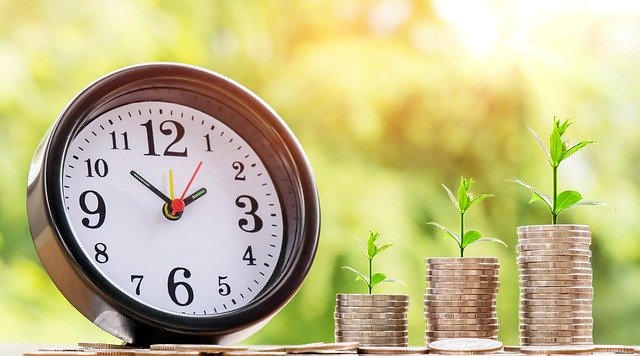


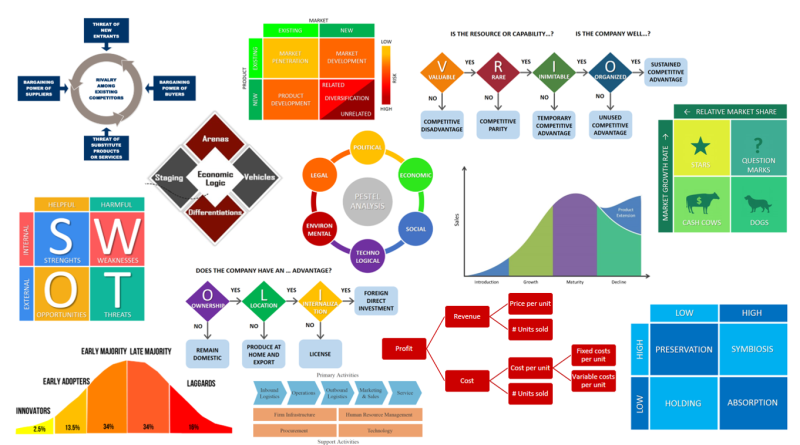

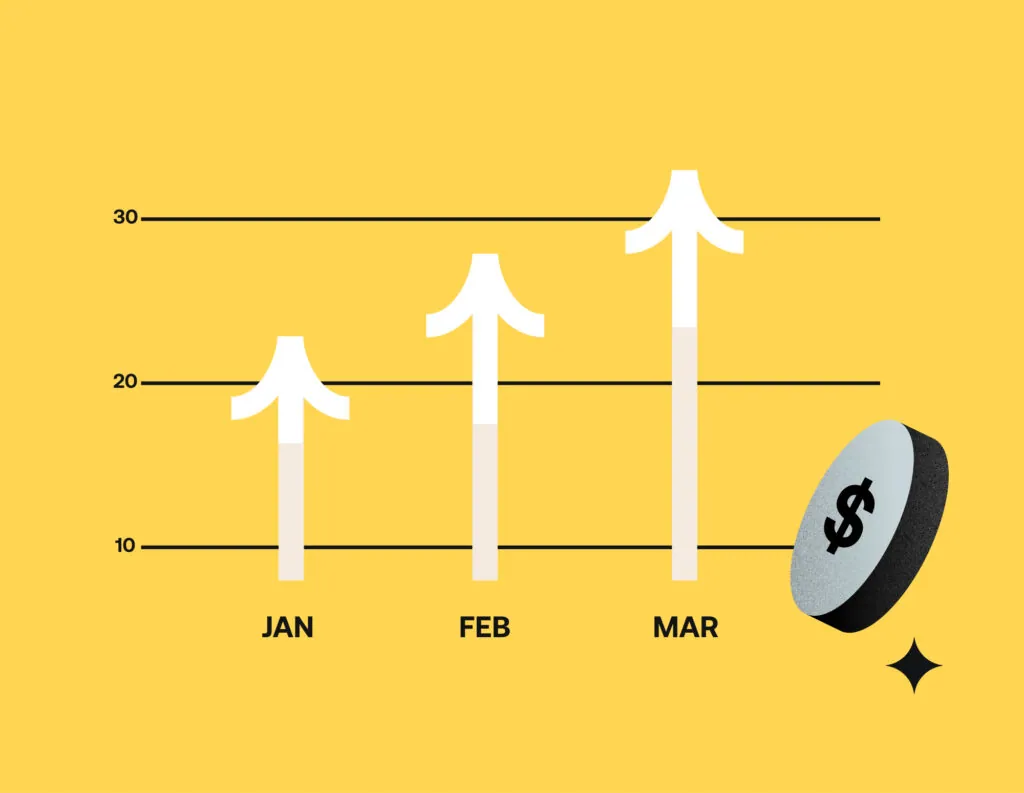
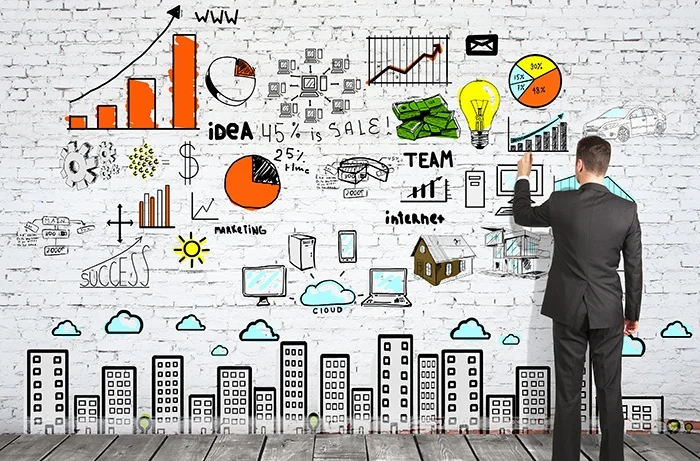
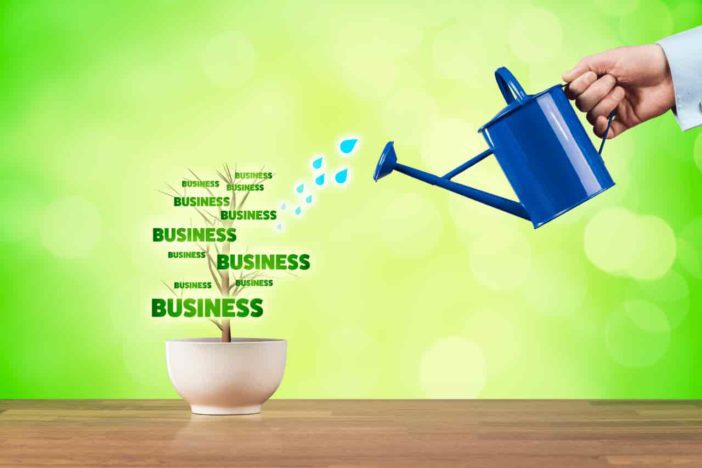


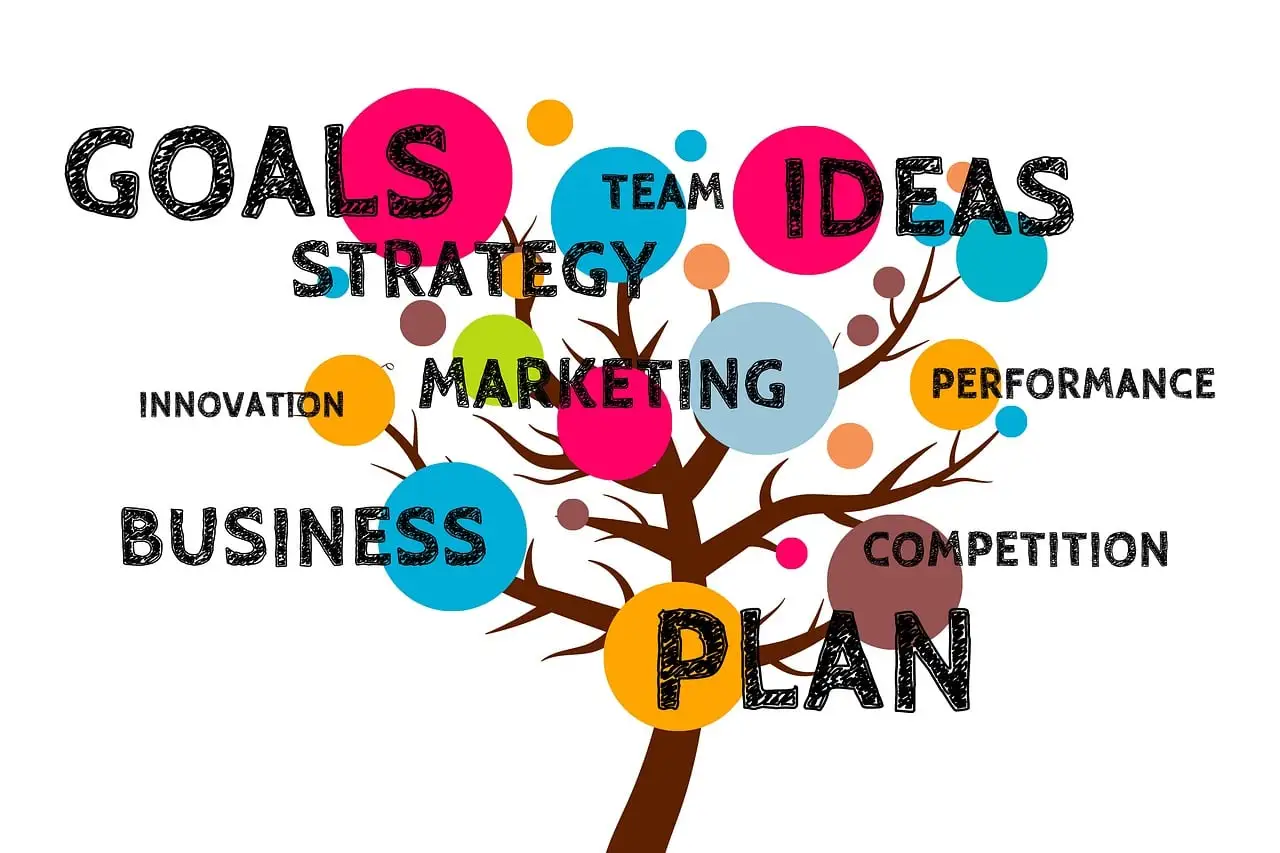




Leave a Reply